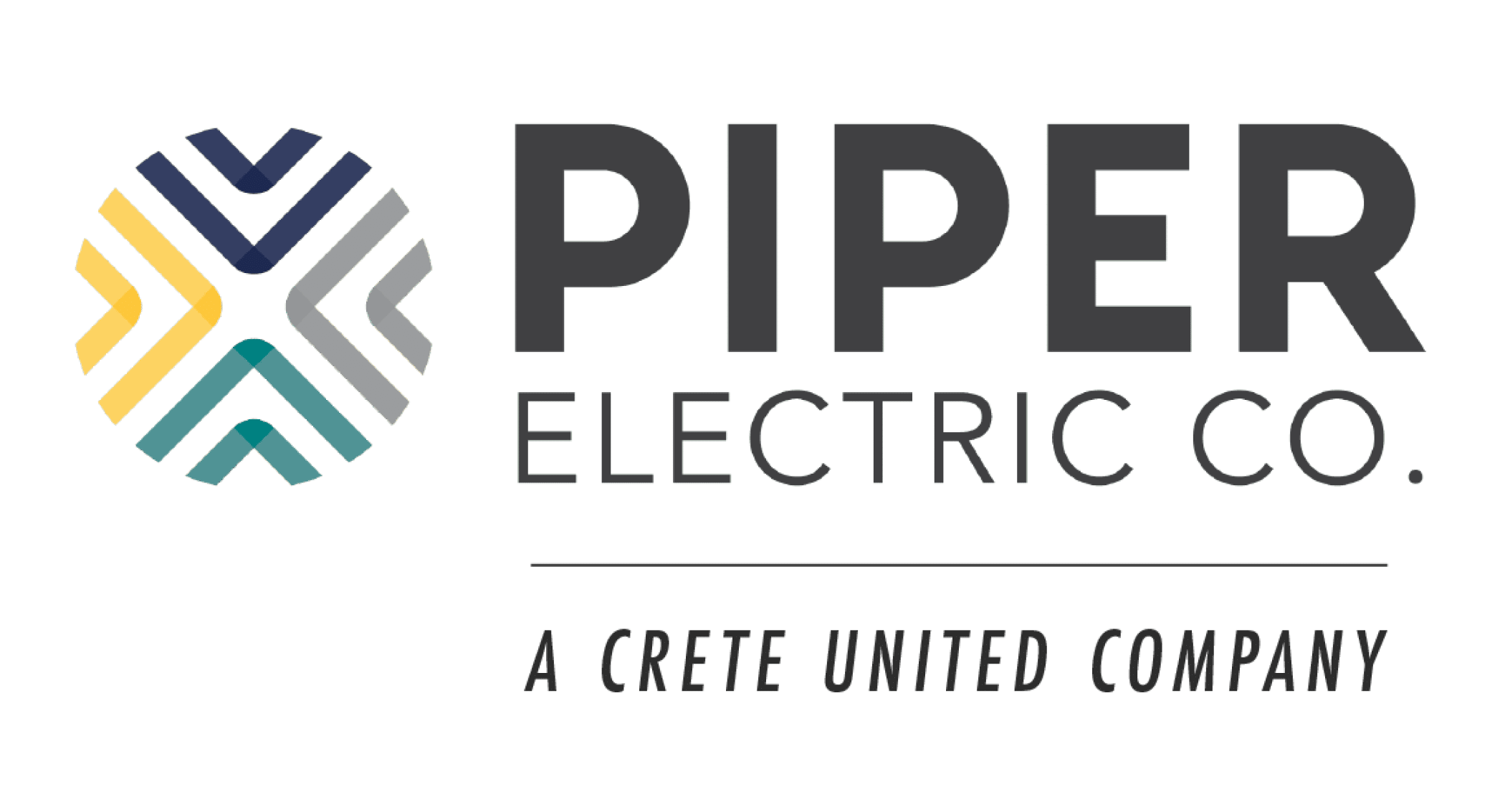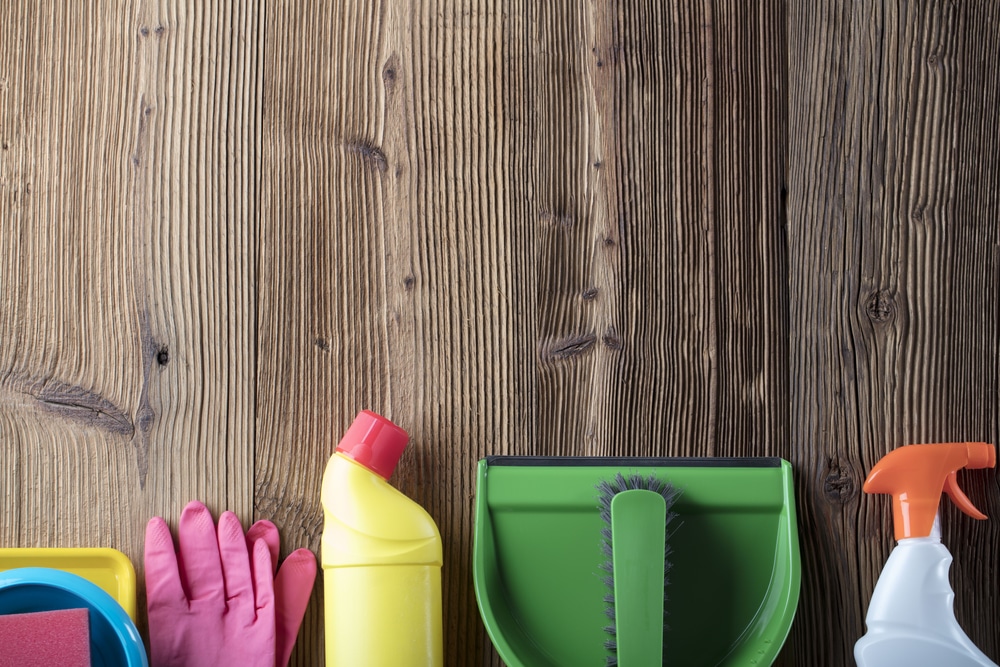
1. The first day of spring is called the vernal equinox. The term vernalis Latin for “spring” . The fall and spring equinoxes are the only two times during the year when the sun rises due east and sets due west.
2. The first day of spring in the Northern Hemisphere is the first day of fall in the Southern hemisphere.
3. The first spring flowers are typically lilacs, irises, lilies, tulips, daffodils, and dandelions.
4. Holidays that occur in spring include Easter, Passover, April Fool’s Day, Earth Day, Arbor Day, Mother’s Day, Father’s Day, Cinco De Mayo, and more.
5. One long-term study found that, at least in the Colorado Rocky Mountain region, spring begins, on average, about three weeks earlier than it did in the 1970s.
6. At Chichen Itza, Mexico, the Mayan celebrate the first day of spring with “The Return of the Sun Serpent.” On the evening on the spring equinox, the setting sun creates a triangular shadow on the El Castillo pyramid that looks like a descending snake.
7. In China, the coming of spring coincides with celebrations for the Chinese New Year.
8. For the Japanese, the opening of the cherry blossom, Japan’s national flower, in March or April signals the start of spring.
9. During the spring, birds are more vocal as they sing to attract mates and warn away rivals.
10. Tornadoes are most common in the spring and least common in winter.
11. Honeybees are more likely to swarm during the spring.
12. The U.S. spring season is culturally interpreted to be the day papertyper after President’s Day, which is the Tuesday after the third Monday in February, and ending on the Friday before Memorial weekend.
Taken in part from Facts.com


